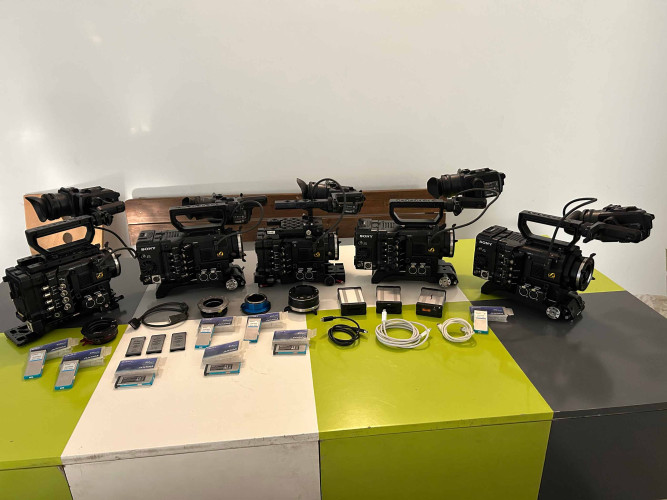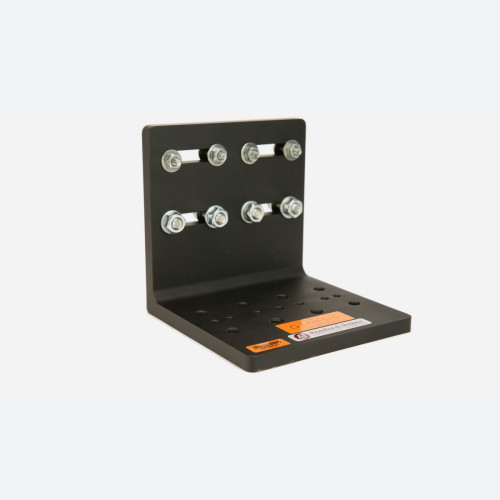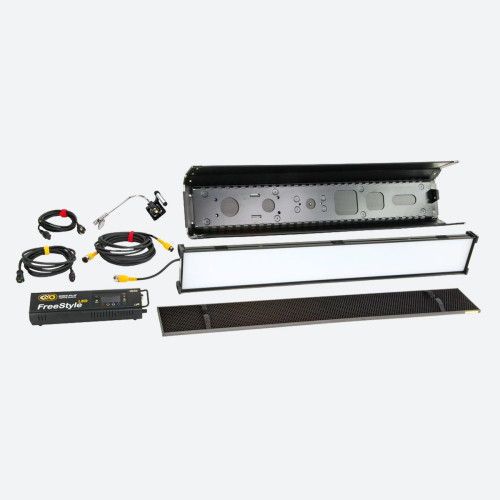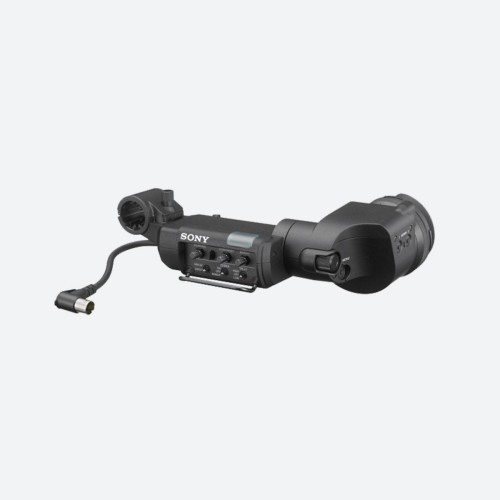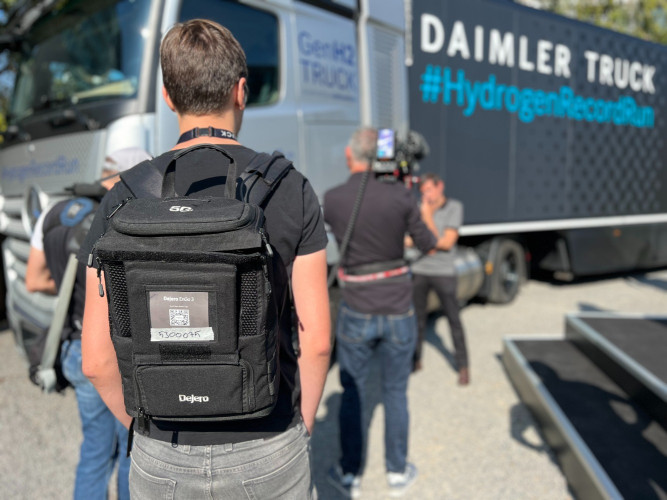In my Christmas article I made the analogy that the post-production market was like high street shopping where the superpowers – Tesco, Waitrose, Asda, Sainsbury's and Morrison’s – have become ever larger at the expense of the poor, independent, high street retailers. With American venture-vultures circling the likes of HMV and Dreams, shoppers increasingly favouring the digital experience and New Year sales now starting pre-Christmas, who would back high street retailers to survive in today’s market?
It’s much the same story in the post-production market - the big five have gone from strength to strength while the mid-sized companies have almost completely disappeared. It appears, however, that the tide may well be turning on the big boys. Morrison’s recently announced its poorest figures for a long time and the same trend may soon filter to the post-production market.Is there a change in the air? Could there be a trend reversal? And what are the factors that are going to make mid-sized post houses successful in 2013?
Talent or price?
In my view, one of the biggest turning points of last year was when Apple introduced FCPX, and then promptly decided that it was no longer going to support the product fully – current, forwards or backwards. This move left a lot of disgruntled people in the industry – not only because the cheapest product in the market was no longer being supported, but also because it was no longer possible to set up a “post-house” for practically no money. At the same time, it made a lot of people – largely from established mid-sized post-houses who had seen their business threatened by the boom in low-cost boutique post-houses - very happy. It re-introduced a minimum cost of entry into the industry and also meant that talent became far more appealing than price to potential customers.
Essentially, people started paying for people rather than making a decision solely on who was the cheapest.
It is talent, I believe, that can change the face of post-production in today’s markets as broadcasters and distributors are now after much more content for online, interactive TV, smart phones and tablets – without radically increasing their cost-base. Many post-production companies have found it a real challenge creating digital content for multiple platforms, not only in terms of the increased workload for individual projects but also the business impact of offering multiplatform services. It is here that real talent wins out – and not only creatively but in a technical sense. The ability to use existing equipment to do something new and exciting with the same content will only continue to grow in importance for customers.
Over the next 12 months it is crucial that production and post-production companies focus on how to adapt their existing business models to produce additional specialist content in a way that is cost-effective and meets the changing demands of the broadcast industry.
The government gets it right once …
There are two other changes that could have a sizeable impact on UK post-production and both have been introduced by the Government.
Firstly, the introduction of UK tax relief for companies which make high-end programming, animation and video games will encourage more productions to stay in the UK and ensure more money is spent in UK production and post-production.
These disciplines are now so similar that many post houses cover all of them and if this incentive can “keep Wallace and Gromit in the UK” - as George Osborne famously said in last year’s Budget - or ensure that Downton Abbey is fully produced in the UK (rather than parts of production and post-production being taken out of the country as part of a tax-based co-production scheme). This will be a tremendous boost to the UK post-production industry, and one that will be welcomed whole-heartedly.
Since its introduction in 2007, the current film tax relief has supported £5.5bn of investment into 825 British films that have received approximately £800 million in tax credits. It is no wonder that UK camera hire companies have never had it so good than in the last two years.
This new tax relief scheme aims to benefit at least 50 high-end television production companies to the tune of over £200 million in the next five years and, as the production has to be wholly British-made to qualify, one would hope that this will have a direct impact on UK post-production.
… and twice
The second government incentive that should boost UK post investment is the change in annual capital allowances, introduced in the recent Autumn Statement. From the start of this year companies will be able to claim 100 per cent allowances on all expenditure on plant and machinery up to £250,000 a year for the next two years.
This is a fantastic way of enabling companies that are doing well to re-invest into their business without the worry of having to find their tax bill at the end of the year, and provides a great opportunity to upgrade to the latest technologies.
So, in theory these new tax reliefs should mean more business for UK post-production companies, a return to profit for mid-sized companies and large-scale re-investment in the kit and technology.
Now it would be great if all of the above happens as smoothly as I’ve outlined, but remember I don’t have a crystal ball!
If you would like to know more about any of these topics you can visit our website: www.azule.co.uk or get in touch with me on peter.savage@azule.co.uk.




